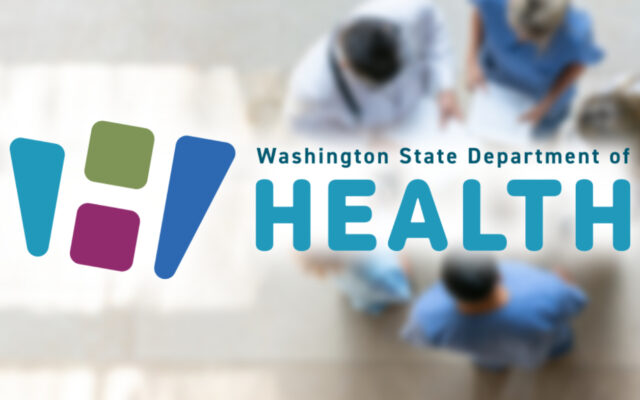Dashboard displays PFAS levels for tested public drinking water systems

The Washington State Department of Health (DOH) has launched a new PFAS in Drinking Water Data dashboard.
This dashboard is intended to provide public access to data collected by public water systems under a state board of health rule adopted in 2021.
The rule requires that more than 2,400 water systems test for PFAS before December 2025. About one-quarter of the required testing has been completed so far.
Results are published on DOH’s PFAS data page.
Within Grays Harbor, the only recent case where PFAS were detected was at the Greenwood Mobile Home Park, although the highest test result was lower than the state action level.
Per- and polyfluoroalkyl substances (PFAS) are a large family of human-made chemicals used to make a wide variety of stain-resistant, water-resistant, and non-stick consumer products. PFAS also have many industrial uses because of their special properties. In Washington, PFAS have been used in certain types of firefighting foams used by the U.S. military, local fire departments, and airports.
PFAS are sometimes called “forever chemicals” because they stay in the environment for a very long time. Some types of PFAS could harm human health if they build up to high enough levels in your body.
“One of the first steps to knowing if you need to act to protect your health from PFAS in drinking water is knowing if you are exposed. Testing data is important because it allows Washingtonians to make decisions to protect themselves if PFAS have been found in their water,” said Holly Myers, Office of Drinking Water Director.
Group B water systems and private well owners, which currently are not required by the state to test for PFAS, can use the dashboard to see if PFAS have been detected nearby to help decide whether to test for PFAS.
If PFAS are found in water, exposure can be lowered by installing a water filter that reduces PFAS in water used for cooking, drinking, and preparing infant formula. Filters come in different styles and can treat water at the kitchen sink, refrigerator, or in a countertop water pitcher. People can also use bottled water labeled as “purified” as a short-term alternative.
Taking action to reduce exposure is especially important for those who are pregnant and breastfeeding, infants, and young children. These groups may be especially sensitive to harmful effects of PFAS.



